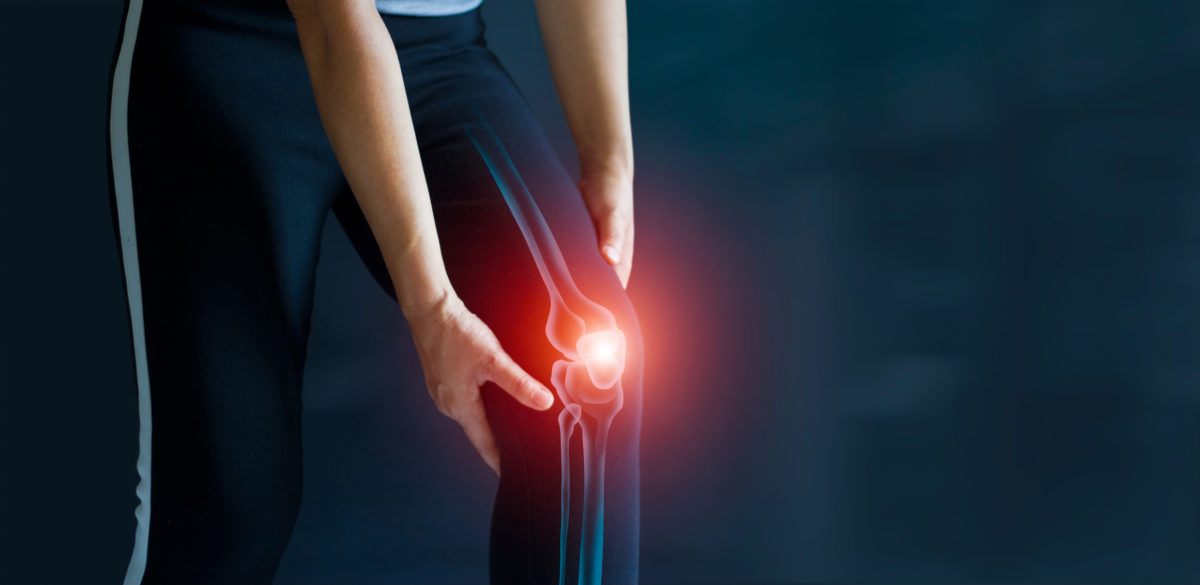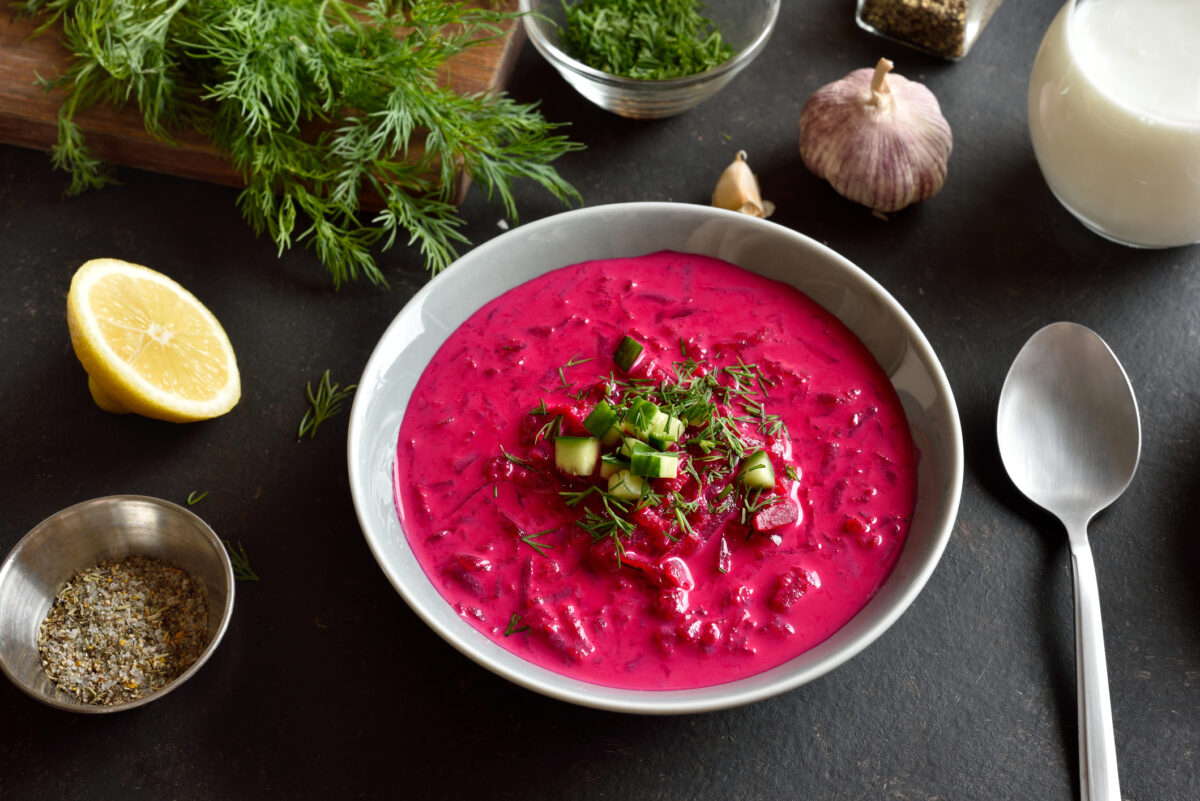Striding into autumn with healthy joints
By Constance Garcia-Barrio
Motion is lotion,” as physical therapists say. Activity this autumn can help strengthen your joints and get them “well- oiled” before winter.
“Consider getting clearance from your doctor or physical therapist before starting an exercise regimen, especially if you’ve been inactive,” says Ben Norton, doctor of physical therapy with MossRehab in Elkins Park. “They can also develop an exercise program tailored to your needs.”
Norton suggests starting the day by loosening up while still in bed. “I do gentle stretches when I wake up,” he says. “I rotate my ankles and stretch my calves and back to limber up my body. It also strengthens the hips to lie on one side while doing leg lifts with the opposite side.”
Your kitchen can be a good place to work out a bit more. “Hold onto the counter while you do mini-squats where you go halfway down,” Norton says. “The squats can strengthen your glutes, quads and calves, and improve circulation to muscles and joints. Start with one or two and do more as you feel stronger. Keep a chair behind you so you can rest as needed.”
While at the counter, which can help with balance, push up on your toes.
“Walking is good for muscles and joints, and it’s free,” Norton says. “Start slowly. Go maybe one block the first week and slowly increase [the distance]. Try keeping a journal of your progress from week to week. You’re more likely to continue if you’re exercising with someone. Join Silver Sneakers or other exercise programs at gyms (and senior centers).”
Take quick movement breaks during the day, Norton advises. “Go up and down the stairs during TV commercials, and get up to stretch if you’ve been sitting.”
He also favors yoga for gentle stretches. Join a class or check out YouTube.com’s “Chair Yoga for Joint Mobility and Strength” and “Chair Yoga: Joint Freeing Sequence: Pain Relief.”
“If you have access to a swimming pool, try walking in the shallow end of the pool,” Norton says. “The water provides resistance, which strengthens the body, and buoyancy, which cushions joints.”
When cold weather arrives, the kitchen-counter exercises and stair climbing can help see you through the season.
Diet and exercise work in tandem for healthy joints. Exercise strengthens muscles and joints and helps control weight, while nutritious food helps to heal the body and keep your weight down.
A plate bright with green – kale, collards, chard, arugula – and orange – carrots, squash, pumpkin – fights inflammation that may cause painful joints, notes Megan Carrier, a dietician with the Einstein Healthcare Network.
Fats may be your friend or foe. Fried foods taste good but have lots of calories and may cause inflammation. Diets high in healthy fats, such as nuts, seeds, avocado, fish and olive oil, help lubricate the joints and tamp down inflammation.
Consuming colorful veggies and healthy fats provide other health benefits, according to Carrier. These categories of foods have been connected to a lower risk of Alzheimer’s disease and dementia and also help prevent cardiovascular disease, renal disease and diabetes.
Wendy Romig, doctor of clinical nutrition and founder of Sage Integrative Health Center in Mt. Airy that specializes in nutrition, herbal medicine and wellness coaching, has more dietary pointers for older adults. “Buy organic foods to limit your exposure to pesticides,” she says. “If that’s not possible, use a good produce wash.”
The Environmental Working Group lists produce items that are most likely to have chemicals: strawberries; spinach; kale, collard and mustard greens; nectarines; apples; grapes; cherries; peaches; pears; peppers; celery; and tomatoes.
Do yourself a favor by going easy on sweets, junk food and sugary beverages, says Romig, who practices “functional medicine that addresses the root cause of health concerns.” These foods have lots of calories and cause spikes in blood sugar which can trigger inflammation.
“Make sure you’re getting enough fiber,” Romig adds. “It helps with good elimination.” Beans, whole grains and vegetables are good fiber sources.
“Water intake is key,” says Romig, who recommends at least eight cups a day. “Moisture is required throughout the body. Dehydrated cells can cause the joints to stiffen and become achy.
“I’m a ‘food-first’ practitioner, but some supplements can be useful for (relieving) painful joints,” says Romig “Turmeric, ginger, glucosamine and chondroitin may help manage joint pain. In case of discomfort, rub arnica oil onto the joint for relief.”
Don’t let pain keep you sedentary. Keep moving to maintain healthy joints.
Native Philadelphian Constance Garcia-Barrio writes about many topics, including Black history.




